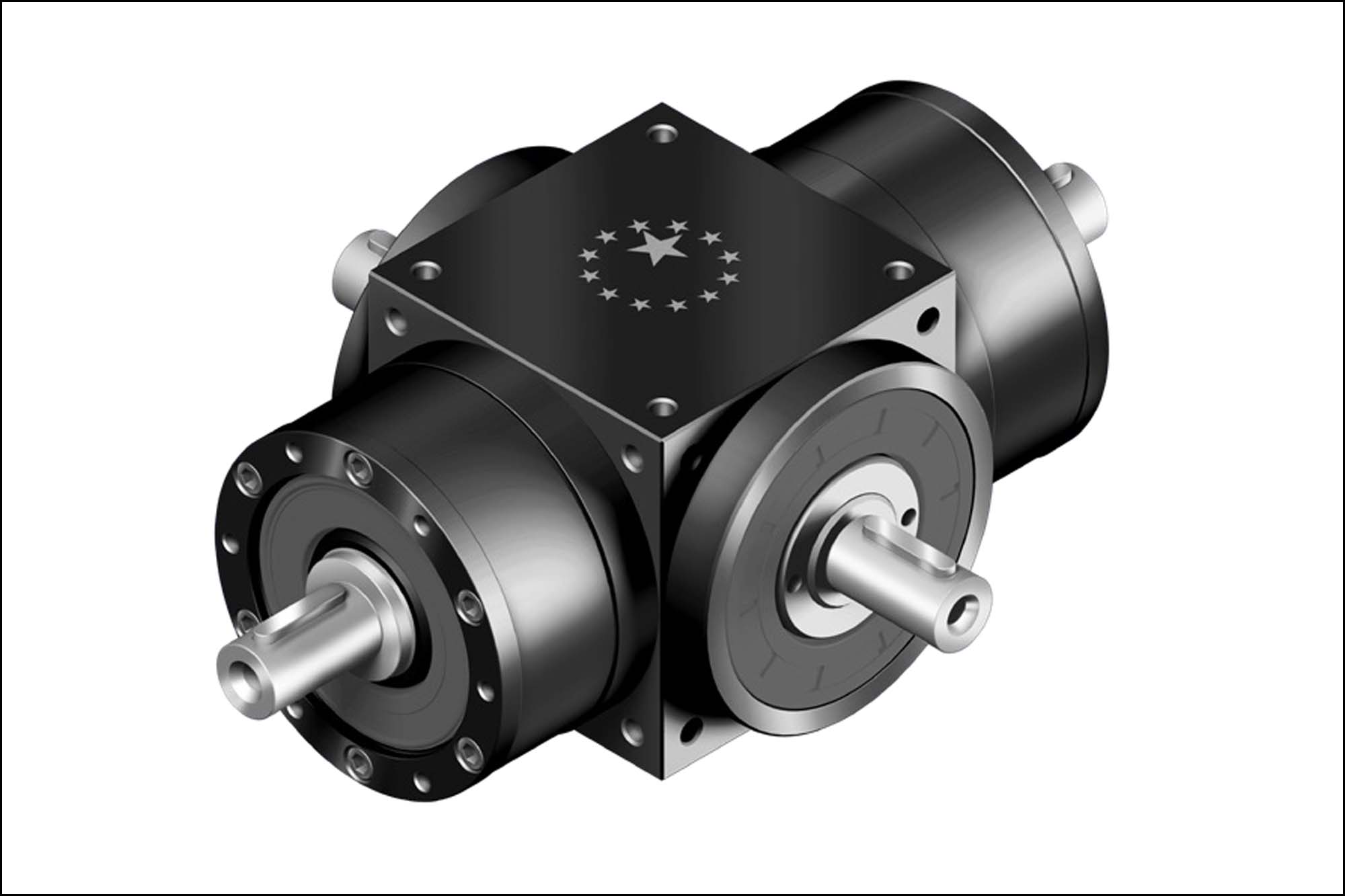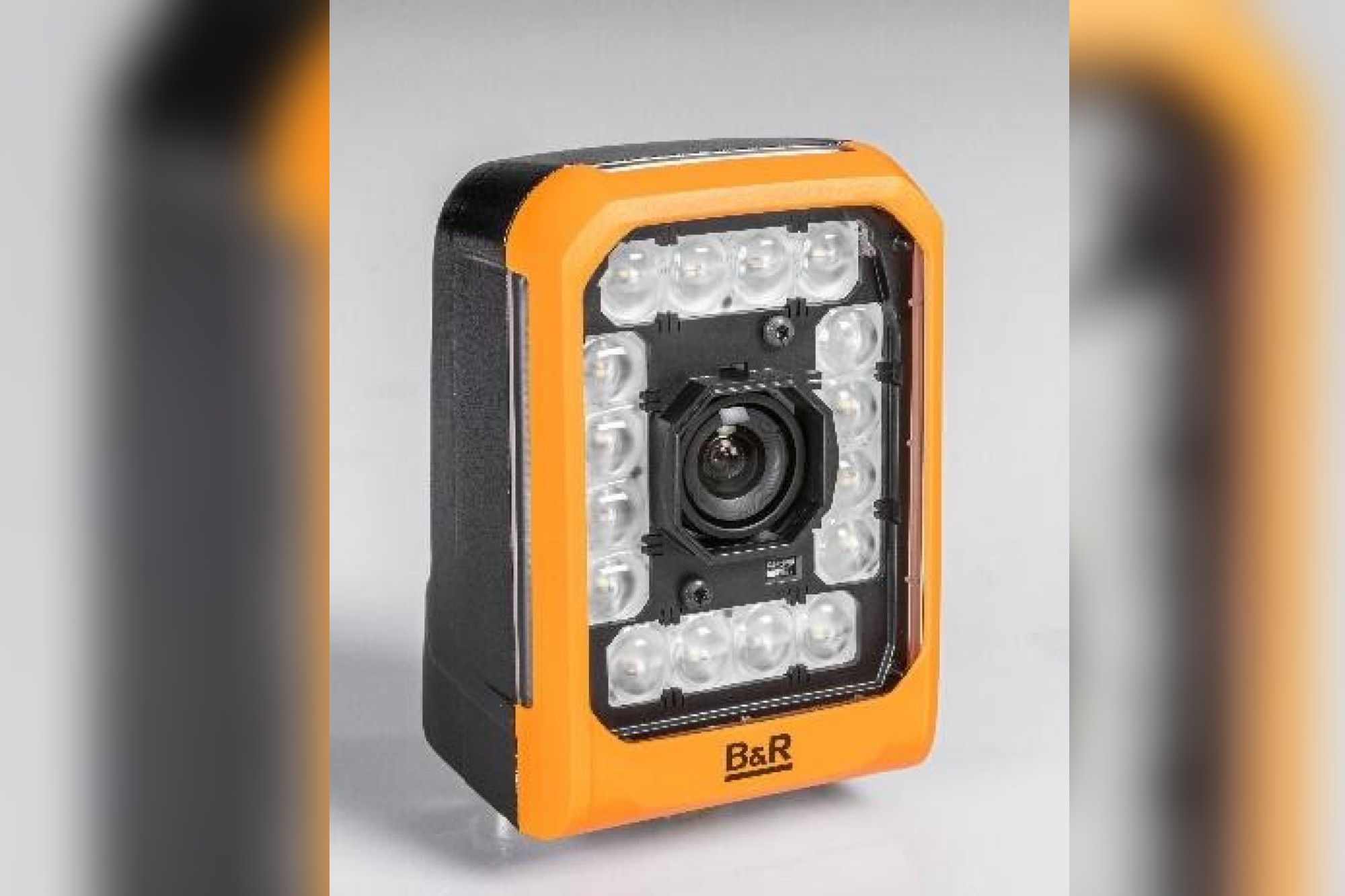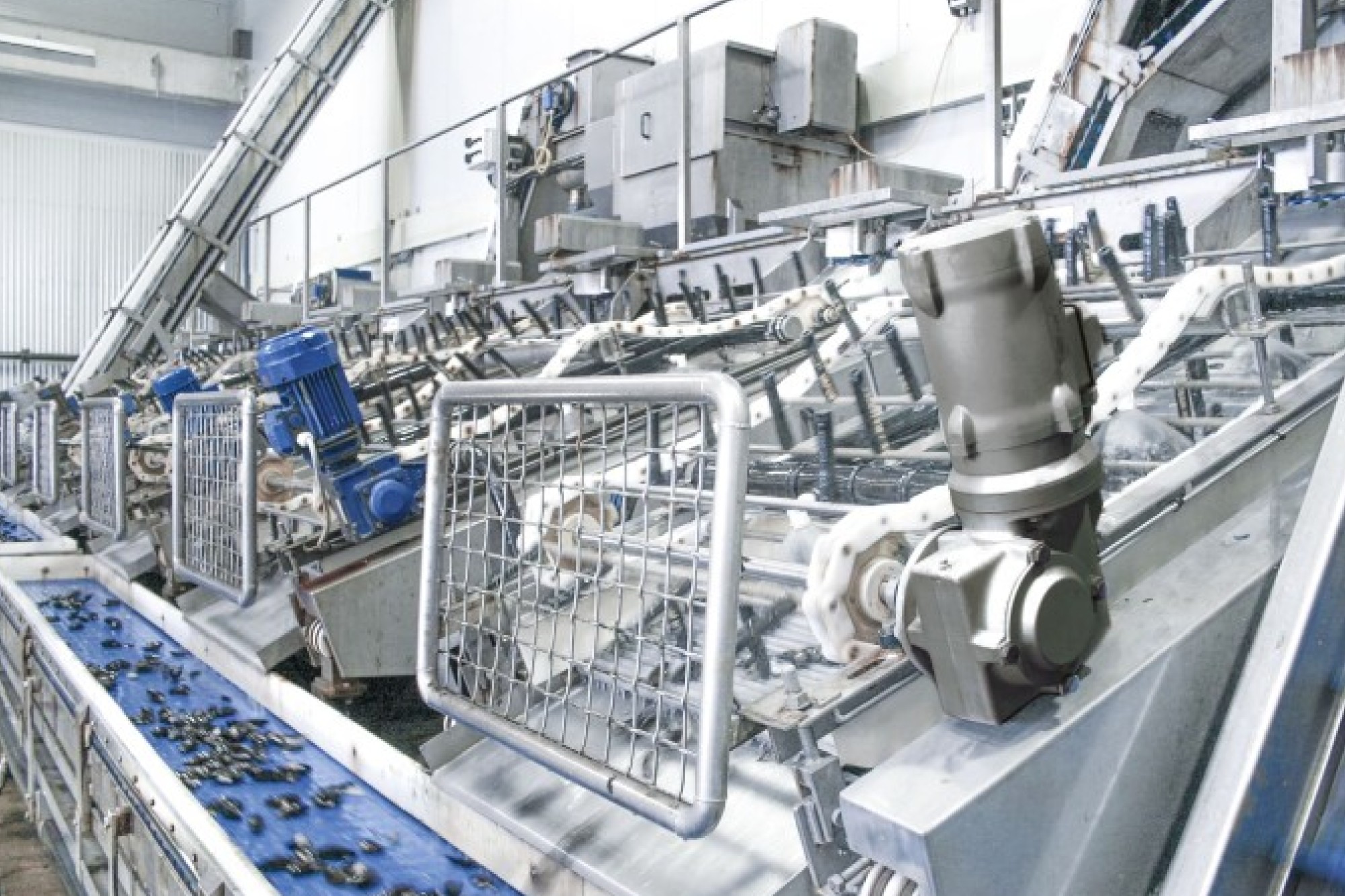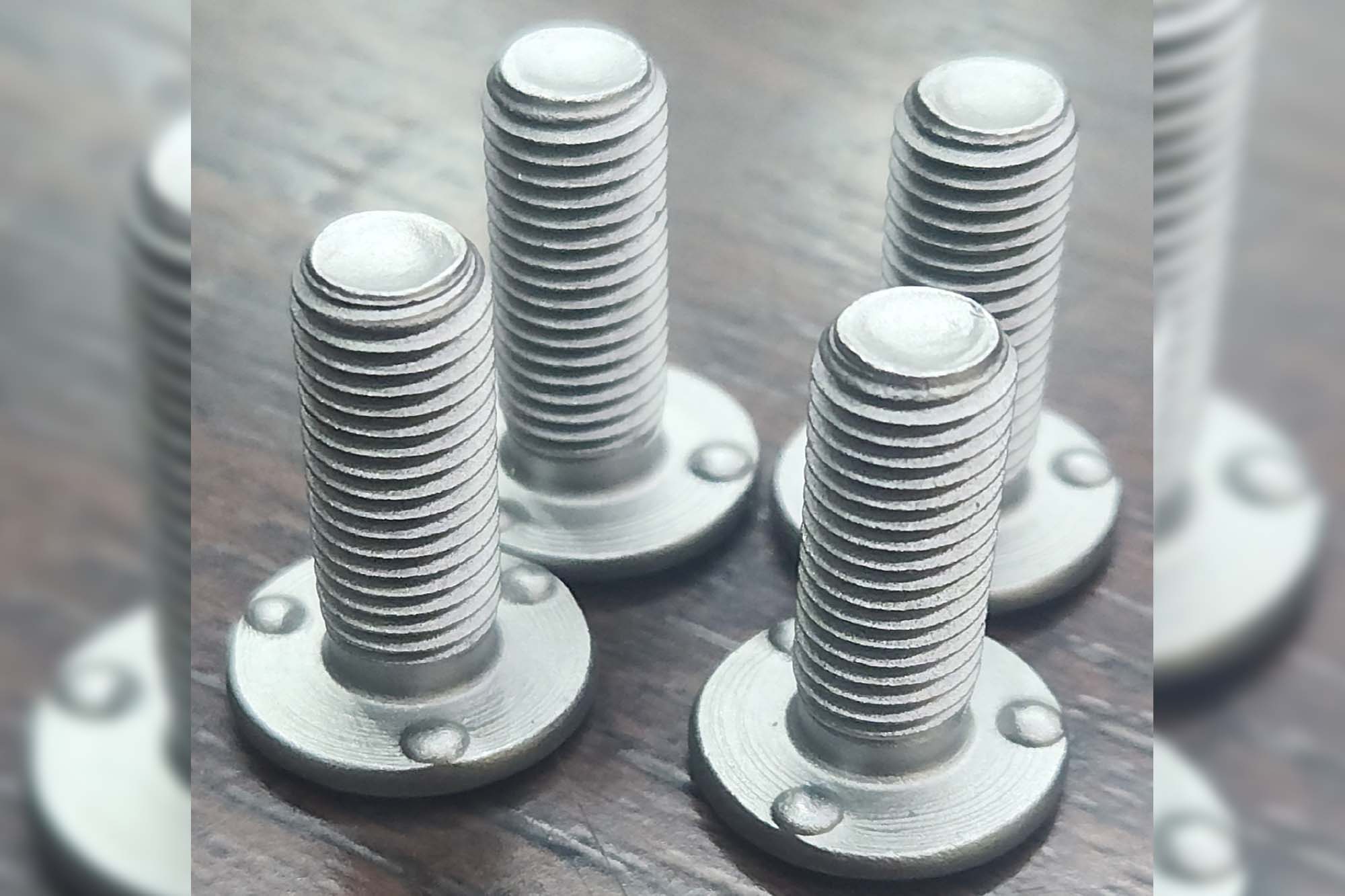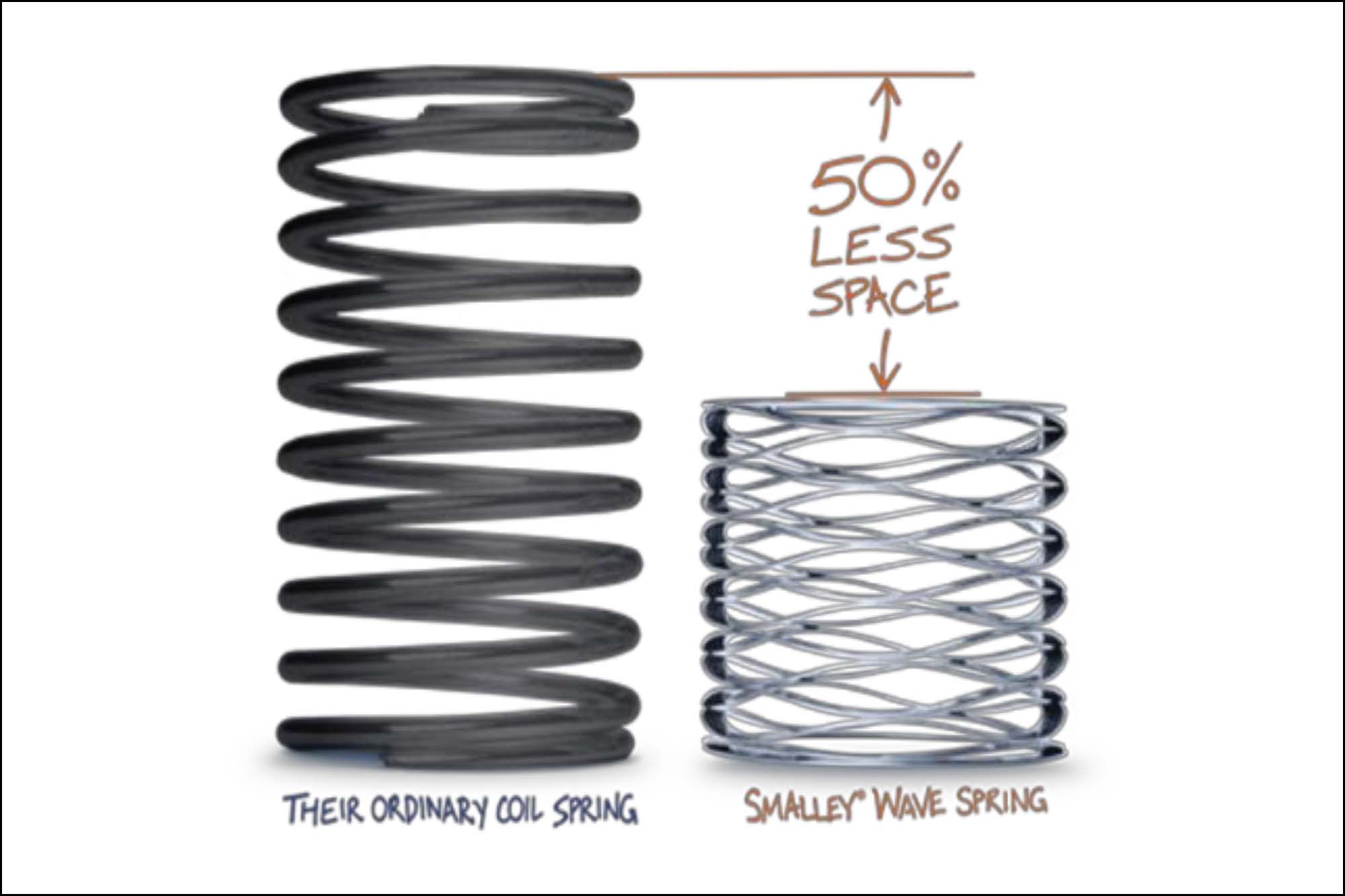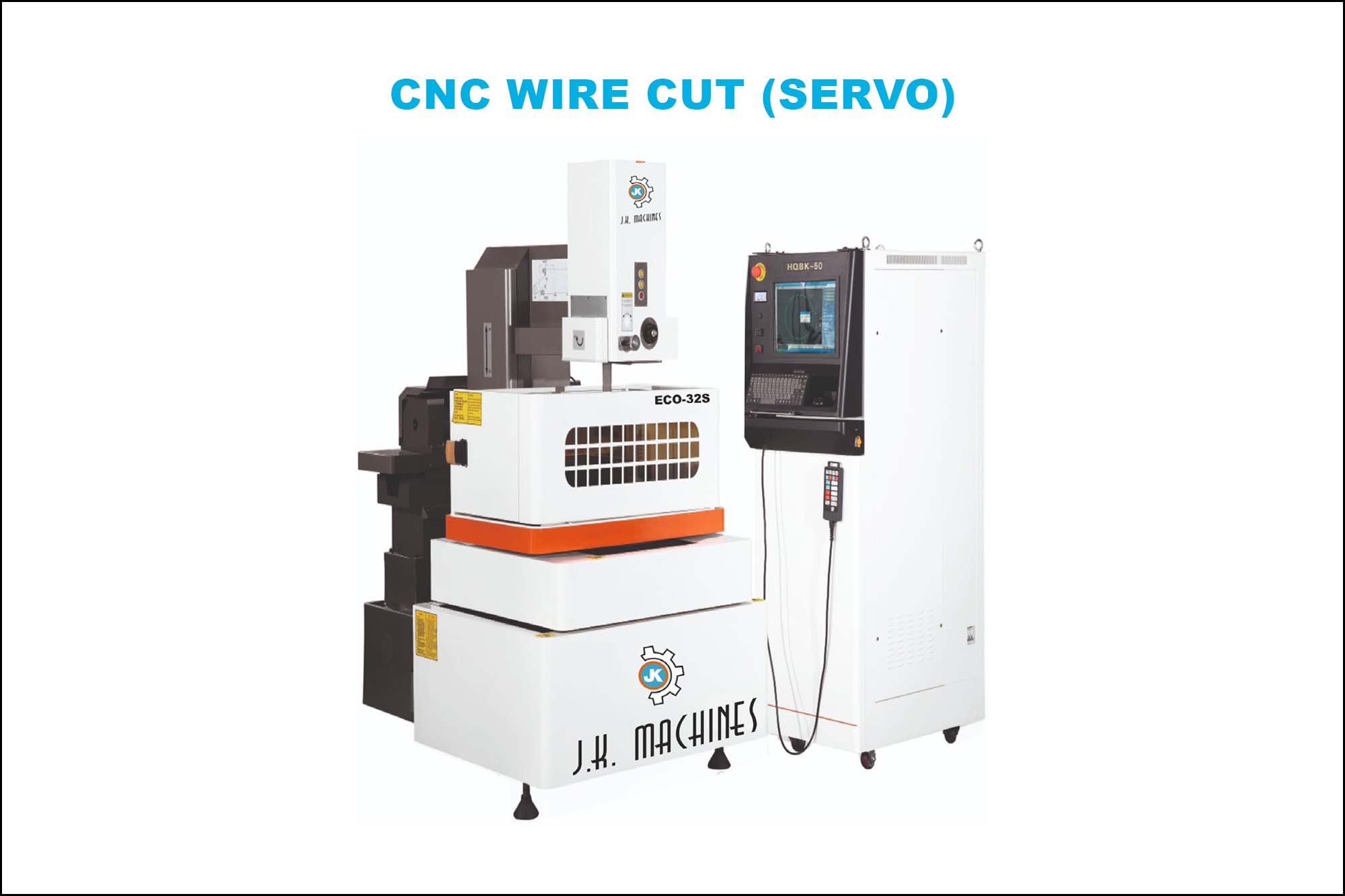Revolutionising pharma production with ACOPOS 6D technology
By OEM Update Editorial March 13, 2024 6:45 pm IST
Explore the groundbreaking ACOPOS 6D technology, utilising magnetic levitation for adaptive medical device assembly. With limitless possibilities and enhanced flexibility, it brings far-reaching changes in production, ensuring efficiency, compliance, and a sustainable future.
In medical device assembly, there are limitless possibilities for innovation. Medical device assembly industry leaders are interested in developing state-of-the-art machines and production lines that embrace cutting-edge technologies, enabling flexibility to handle small batches without sacrificing productivity. This is a big move towards the utilisation of adaptive machines. It can perform effectively amidst dynamic changes in customer demands and industrial processes.
Pharmaceutical companies may enhance their operations, boost productivity, improve product quality, and ensure compliance with regulations by integrating technologies such as advanced automation, Industry 4.0, mass customisation, and sustainable manufacturing. Adaptive machines make all these feasible, allowing for simple changeovers during processes, improved performance with smaller machine footprints, and readiness for unforeseen demands. These devices usher in a new era of problem-solving, surpassing traditional approaches by addressing challenges and redefining what is possible.
An adaptive edge
To maintain continuous production, firms use innovative and sustainable solutions as the market evolves to seize the best technology. Traditional manufacturing processes often need help in implementing even minor product changes, leading to disruptions and downtime. The advent of adaptive manufacturing technology has the potential to completely transform this sector by enabling hassle-free, real-time product adjustments without interfering with routine operations. In industries like pharmaceuticals, where quality control is paramount, compliance with safety and quality standards is only possible. Machine downtime is a common cause of decreased product quality.
B&R’s portfolio includes advanced technologies such as ACOPOStrak, SuperTrak, and ACOPOS 6D systems, providing unique mobility options to enhance production operations. B&R’s introduction of Machine-Centric Robotics represents a big leap toward higher productivity and efficiency. Recent reports indicate that adaptivity in medical device assembly is not just a technological advancement. It is a show-stopping innovation that redefines the possibilities in manufacturing. It signifies the future of medical device production. It is as engaging as it is transformative.
ACOPOS 6D offers nearly limitless possibilitiesIt is more important than ever for medical device manufacturers to find flexible solutions considering smaller batch sizes, personalised medications, and a never-ending quest to maximise total cost of ownership and efficiency. ACOPOS 6D is an ideal solution for small-batch production scenarios involving frequent changes between products of diverse designs and dimensions. This new breed of adaptable machines is exceptionally good at automating adjustments in a dynamic environment. The key lies in combining several significant technological innovations into one cohesive system.
ACOPOS 6D is based on the principle of magnetic levitation: Shuttles with integrated permanent magnets float over the surface of electromagnetic motor segments. These modular motor segments, measuring 240 x 240 millimetres, can be arranged flexibly in any configuration. Shuttles of varying sizes, capable of carrying payloads ranging from 0.6 to 14 kilograms and achieving speeds of up to 2 meters per second, move freely in two-dimensional space. They can rotate and tilt along three axes, providing precise control over levitation height, resulting in six degrees of motion control freedom.
With the introduction of magnetic levitation technology, the traditional model of linear product transport is now dissolving to reveal a multidimensional processing space. In this space, the boundaries between transport and processing disappear. In addition to carrying products, the transport system executes multi-axis processing tasks, adding essential flexibility in a fraction of the space. As ACOPOS 6D can manage four shuttles on the same motor segment simultaneously, it delivers up to four times the shuttle density of competing systems available on the market. Additionally, the shuttles can function as axes in processing stations.
ACOPOS 6D offers nearly limitless possibilities in machine design. Sophisticated algorithms ensure that shuttles follow an optimal path while avoiding collisions and minimising energy consumption. Now, developers can concentrate on their primary task: developing optimal machine processes that deliver maximum productivity. Thus, flexibility with ACOPOS 6D boosts productivity and channels a sustainable approach to reduce machine footprint.
Cookie Consent
We use cookies to personalize your experience. By continuing to visit this website you agree to our Terms & Conditions, Privacy Policy and Cookie Policy.




